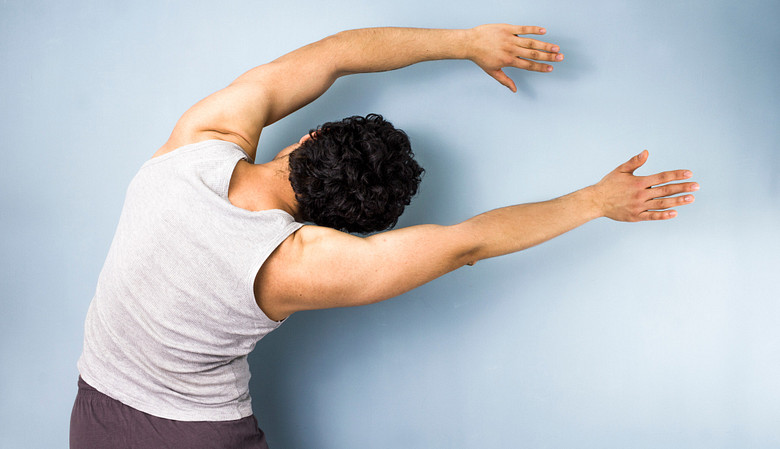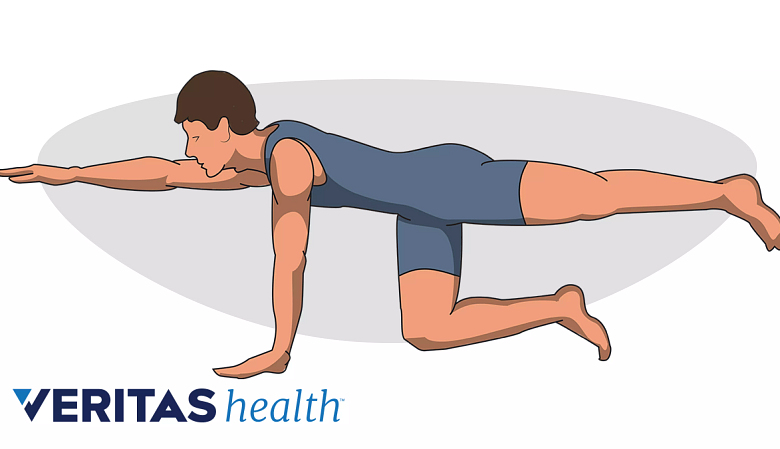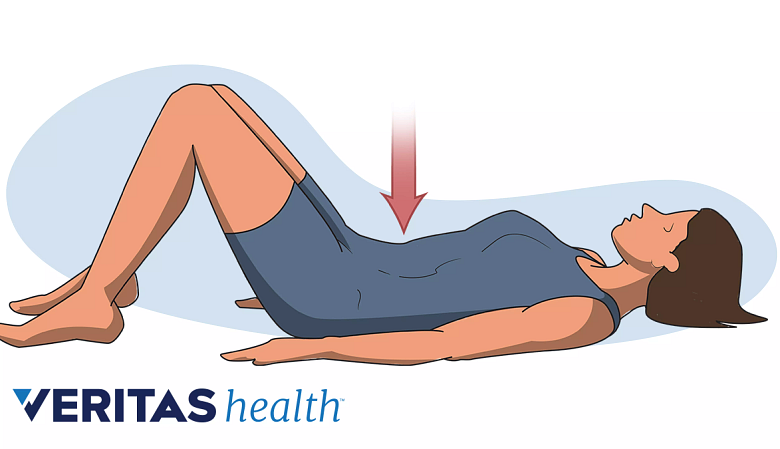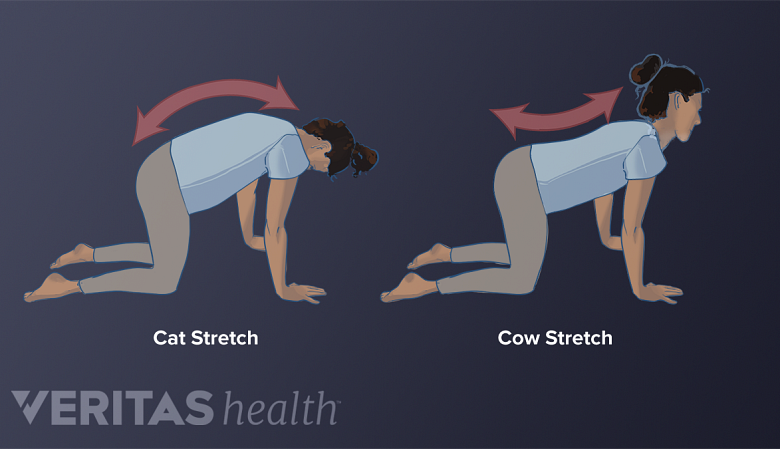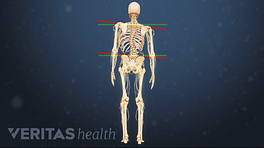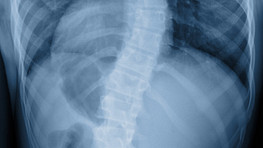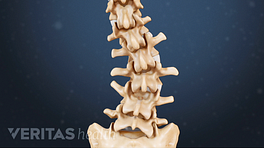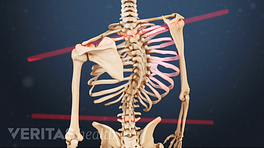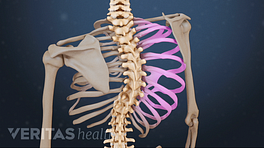Bracing is the only non-surgical treatment proven to reduce the progression of idiopathic scoliosis curves, but exercise is a good way to keep your back strong and flexible and encourage healthy posture.
Exercise is healthy for people with scoliosis. It helps to keep the back strong and flexible and encourages good posture. Read Exercise and Back Pain
If you have scoliosis and are looking for exercises, start here. It is recommended you use proper technique, learned under the supervision of a doctor or physical therapist.
Arm/leg raise
Arm/leg raises strengthen your lower back muscles and core muscles, which support your spine. Here’s how to do it:
- Lie on your stomach with your chin or forehead to the ground (you can place a towel underneath). Keep your legs straight and arms extended overhead.
- Slowly raise one arm off the ground, hold for a moment, and lower it back to the ground.
- Now repeat this for your other arm and legs, 15 repetitions each.
See Core Body Strength Exercises
You may prefer a slightly more intense version of this exercise, which requires additional balance and coordination. This version is sometimes called an opposite arm/leg raise, or a bird-dog exercise.
- Get on your hands and knees. Keep your spine straight, with your hands directly below your shoulders and your knees aligned directly under your hips.
- Reach out with an arm and keep it straight and level. At the same time, extend the leg on your opposite side, keeping it straight and level.
- Hold for a few deep breaths, then gently lower your arm and leg to starting position.
- Repeat this exercise with your other arm/leg. Try for 10 to 15 repetitions on each side.
Some people may even want to perform this exercise by lying with their stomach over an exercise ball. Talk to your health care provider to determine which version of this exercise suits you best.
Pelvic tilt
The pelvic tilt helps strengthen your abdominal muscles. It is recommended you perform it on a yoga mat.
- Lie on your back. Bend your knees so both feet are flat on the surface with toes pointed forward.
- Pull your belly button in so your pelvis pushes toward the ceiling and your back flattens against the ground.
- Hold this position for 20 seconds, and then relax. Try to do this exercise 10 times.
Make sure you rely on your core muscles to perform the pelvic tilt, rather than pushing with your legs.
See Back Exercises and Abdominal Exercise Recommendations
This exercise appears simple but can be tricky to get right, so you may want to practice technique with a physical therapist or other qualified health care provider.
Cat/cow
This exercise stretches the muscles and tendons that support your spine.
- Start on your hands and knees. Align your arms straight under your shoulders and your knees under your hips.
- Look at the floor, keeping your head straight in line with your torso and spine.
- Round your back, lifting your spine toward the ceiling. Your eyes should face your belly.
- Hold for a deep breath.
- Slowly lift your chest and tailbone toward the ceiling, letting your stomach sink toward the ground. Your eyes will look up toward the ceiling.
- After another breath, gently round your back and lift your spine toward the ceiling again. Alternate between the poses.
See 4 Beginning Yoga Poses for Those with Scoliosis
The cat/cow provides a gentle strengthening exercise for your abdominals and stretches your lower back.
Latissimus stretch
This stretch can help loosen and strengthen your lat muscles, which may feel tight due to scoliosis.
- Stand with your feet shoulder-width apart, slightly bent at the knees.
- Reach overhead and grab your left wrist with your right hand.
- Bend at your right side until you feel a stretch along your left trunk. Put most of your body weight on your right leg.
- Hold for 5 to 10 seconds, then return to starting position by pushing from your right foot.
- Try this exercise on the opposite side.
See Stretching for Back Pain Relief
Talk to your doctor and see if he or she recommends you try these exercises to help strengthen your back.
See Back Strengthening Exercises
